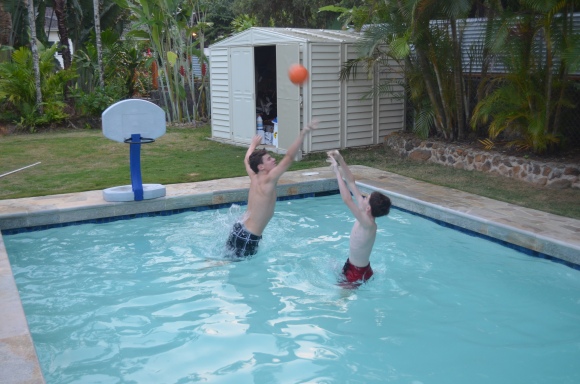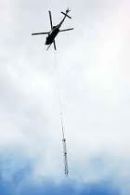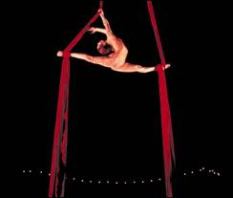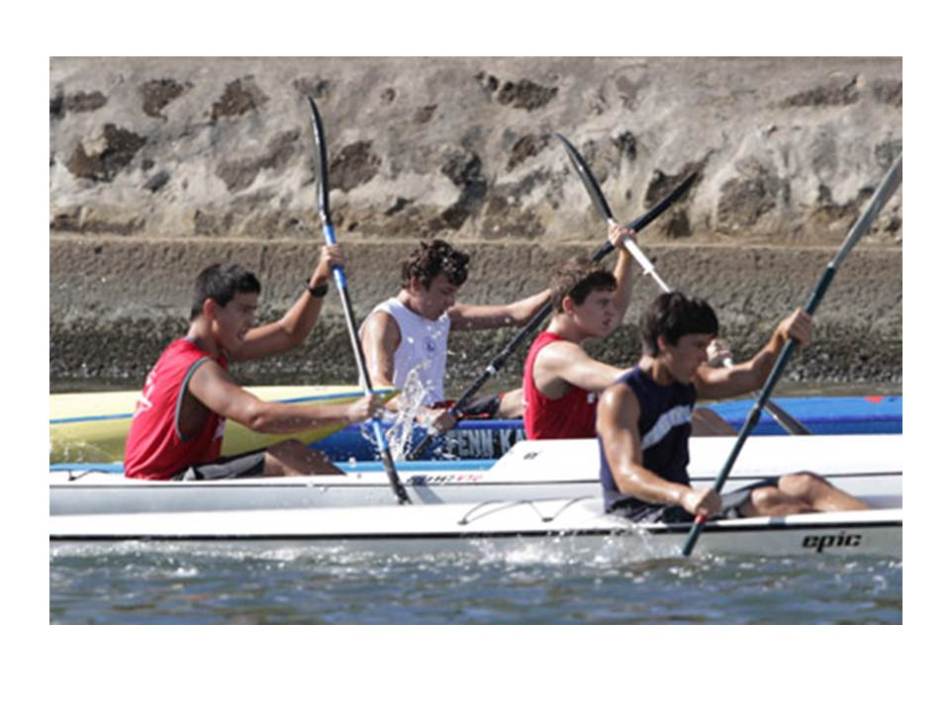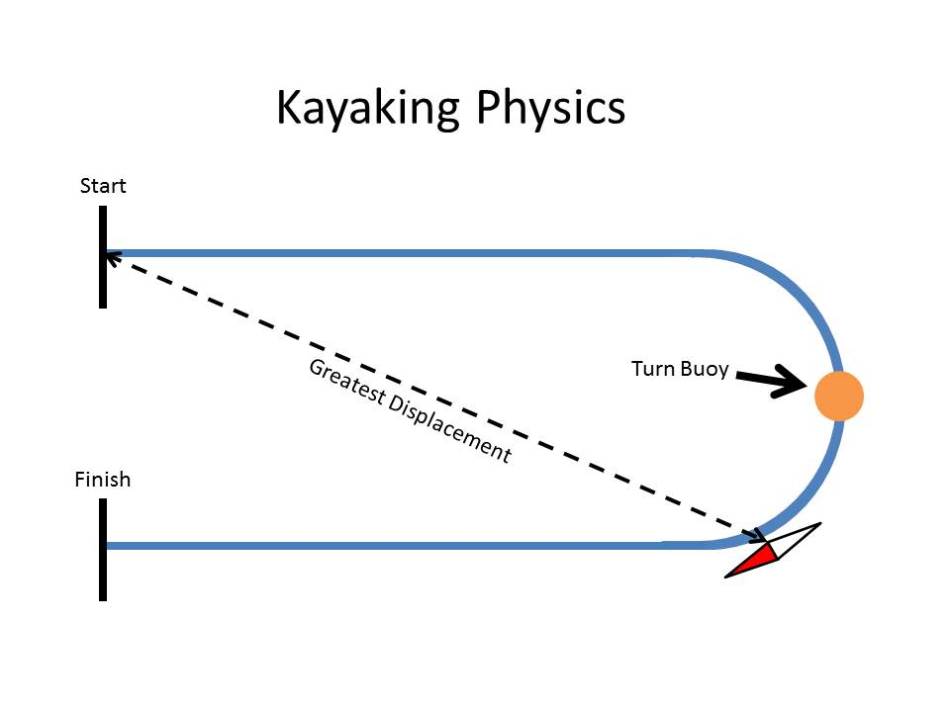
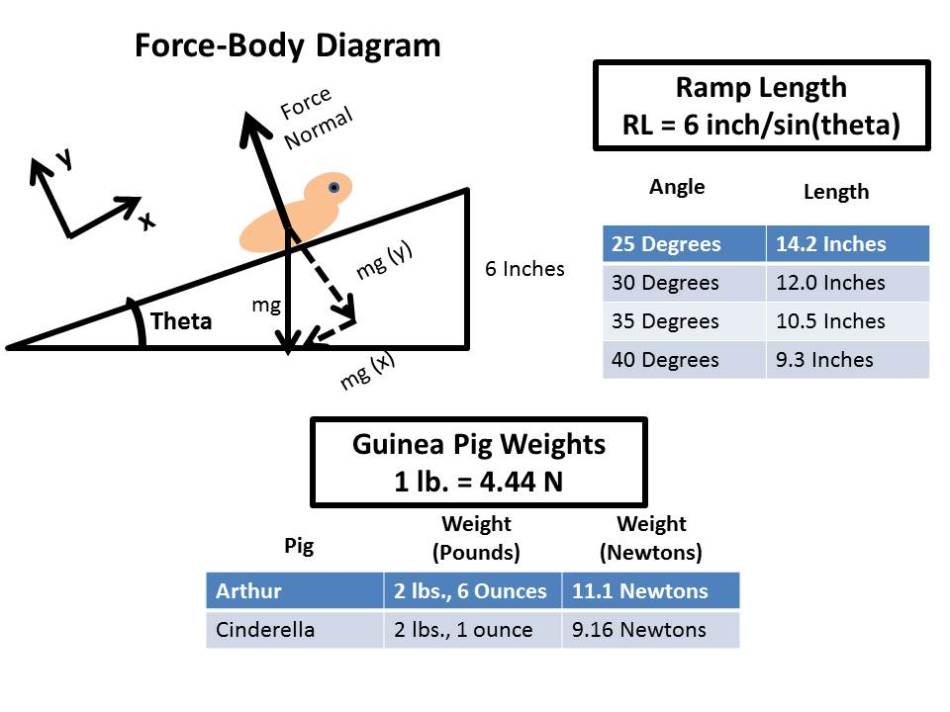
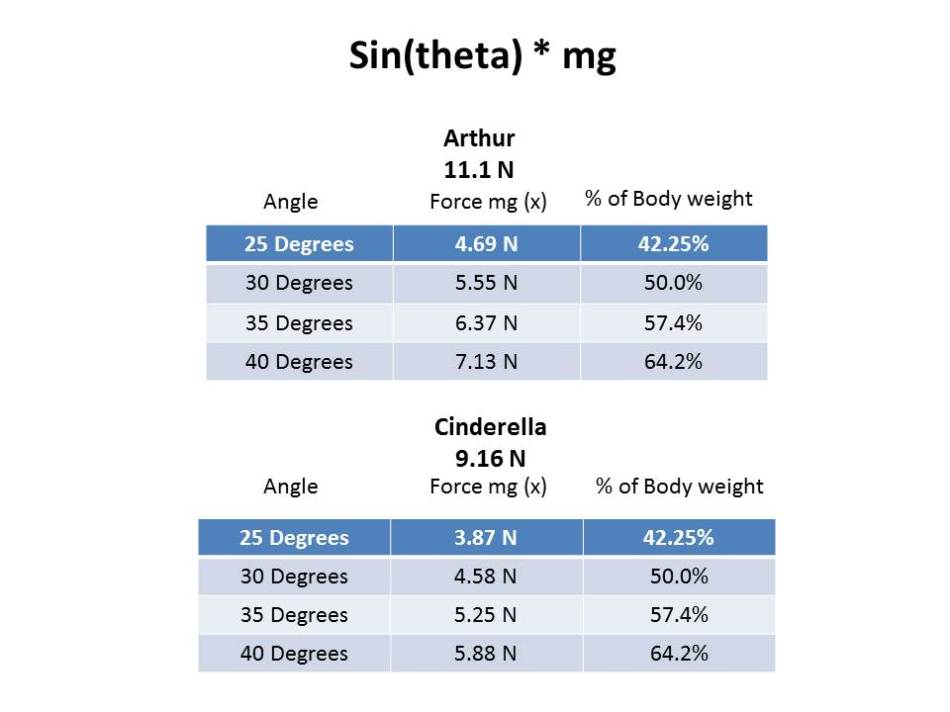 Last Christmas my family acquired two new members, Arthur and Cinderella. Arthur and Cinderella are two guinea pigs that my brother and I adopted from the Hawaii Humane Society. Since it’s been almost a year since we got our two furry friends, I decided that in my building technologies class I am going to build a large guinea pig sized house for the guinea pigs to sleep and play in when they are in their outdoor cage. One of the hardest problems I’m struggling with when designing the guinea pig house is how steep I should make the ramps from one floor of the house to another. I want to make the ramps as steep as comfortably possible in order to minimize the amount of space the ramps take up, however, I don’t want to make the ramps too steep or the guinea pigs won’t be able to climb them!
Last Christmas my family acquired two new members, Arthur and Cinderella. Arthur and Cinderella are two guinea pigs that my brother and I adopted from the Hawaii Humane Society. Since it’s been almost a year since we got our two furry friends, I decided that in my building technologies class I am going to build a large guinea pig sized house for the guinea pigs to sleep and play in when they are in their outdoor cage. One of the hardest problems I’m struggling with when designing the guinea pig house is how steep I should make the ramps from one floor of the house to another. I want to make the ramps as steep as comfortably possible in order to minimize the amount of space the ramps take up, however, I don’t want to make the ramps too steep or the guinea pigs won’t be able to climb them!
In order to help find out the optimal ramp angle, I thought about the lessons I learned in physics and how to find the effect of gravity on an object on an inclined plane. Although I don’t know the exact strength of my guinea pigs I figure that having the guinea pigs overcome a force that is approximately 50-60% of their body weight would be comfortable for them. I also need to factor into account the length of each ramp possibility.
To start off, I weighed both of the guinea pigs. Arthur came out to two pounds and eight ounces. Cinderella weighed two pounds and one ounce. Using the conversion of one pound = 4.44 Newtons, their weights come out to 11.1 N and 9.16 N respectively. Using these weights I set out to find the effect gravity would have on the guinea pigs at different ramp angles.
To start off I drew a Force-Body Diagram which showed the guinea pigs on a ramp. I then drew in the force normal as well as mg, mgx, and mgy. Unfortunately, I couldn’t devise a way to accurately measure the guinea pig’s coefficients of friction since there were too many uncontrollable variables, the main one being the guinea pig’s force. As a result I have to assume the guinea pig is on a frictionless surface.
The next step I completed was to determine which ramp angles I wished to experiment with. I knew that the height in-between each floor would be six inches, so I could then calculate ramp length using: Ramp Length = six inches/sin(theta). Using guess and check I found that angles between 25 degrees and 40 degrees would give me an optimal ramp length between 14.2 inches and 9.3 inches.
After finding the optimal ramp angle range based of ramp length, I set out to find the optimal ramp angle range based off of the force mgx. I don’t need to account for mgy because mgy decreases as angle increases so I don’t have to worry about force mgy being too large for the guinea pigs to handle. Therefore all I have to do is compute mgx at the different angles and find what percent of the guinea pig’s weight mgx is. Angles that produce an mgx that is less than 60% of the guinea pig’s bodyweight will be considered optimal. The optimal angles based off of mgx will then be cross-examined with the optimal angles based off of ramp length to find the overall best angle.
To compute mgx I have to find sin(theta) and then multiply by mg or the pig’s weight. Since Arthur and Cinderella have different weights they will have different mgx forces so each must be computed separately. However, the % of body weight will be the same for both Arthur and Cinderella since mg and mgx are proportional.
After comparing the effect of each angle on ramp length and forces on each guinea pig, I have decided that the best angle to use during the construction of the ramps in the guinea pig cage, will be 35 degrees. By using an angle of 35 degrees I will be able to use a fairly short ramp of only 10.5 inches while only creating a force in the x direction that is 57.4% of the guinea pig’s weight which should be a reasonable force for the guinea pigs to handle.

